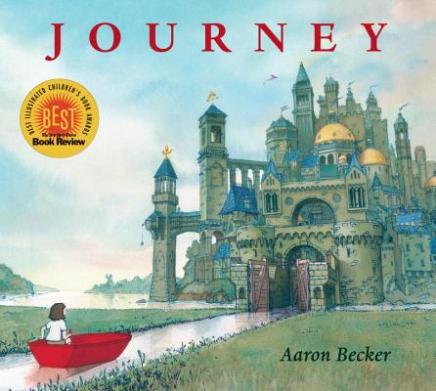Many of you are in the beginning stages – and the final stages – of planning a wedding in Western Massachusetts. Congratulations!
I’m planning a transition, too. I’m just about ready to do a full launch of my business as a Wedding Officiant! I bet we are sharing some of the same feelings of excitement and nervousness. I’m feeling great exhilaration in the unknown.
Here’s how I planned my wedding:
Nearly ten years ago, my partner and I decided to get married because Marriage Equality finally became the law in Massachusetts. We knew we wanted to get married outside in the summer, so we looked in the Yellow Pages (remember those?) for a Justice of the Peace. We called her, she agreed that she would marry a lesbian couple, and then I wrote the ceremony. She delivered it warmly but deviated a bit from the script, which disappointed me. There was more than one person at the wedding who recognized her as the JP of another ceremony that they observed, and one who had been married by her! She was absolutely professional, but I really did all the work of creating the ceremony, and she was just the legal representative.
I didn’t know it then, but that was the beginning of my career as a Life-Cycle Celebrant. I love the ceremony I wrote for my own wedding, and I’ve loved every ceremony I’ve written since. I am so lucky to have found a way to use my writing skills for the most joyous purpose – marking life’s transitions, particularly to join people as they create new families.
So, if you are planning a wedding here in Western Mass, I would be honored to write your ceremony! As a Celebrant, I am certified in ceremony construction and my code of ethic demands that you approve every word of the ceremony, so there will be no surprises like there were on my wedding day. This might be the first time you’ve heard about Celebrants even though you’re deep in planning your bug day, and you might have already hired a JP or convinced your cosign to Solemnize your marriage as a JP-for-the-Day. I can still help! Even if I don’t perfume your ceremony, I am happy to write the ceremony you’d like someone else to perform. Please email me for more details.
As always, remember that I offer a free initial consultation in my Amherst office or in your favorite coffee shop. Accept my congratulations as you plan your big day – and know that I’m right there alongside you, planning my own big day.

